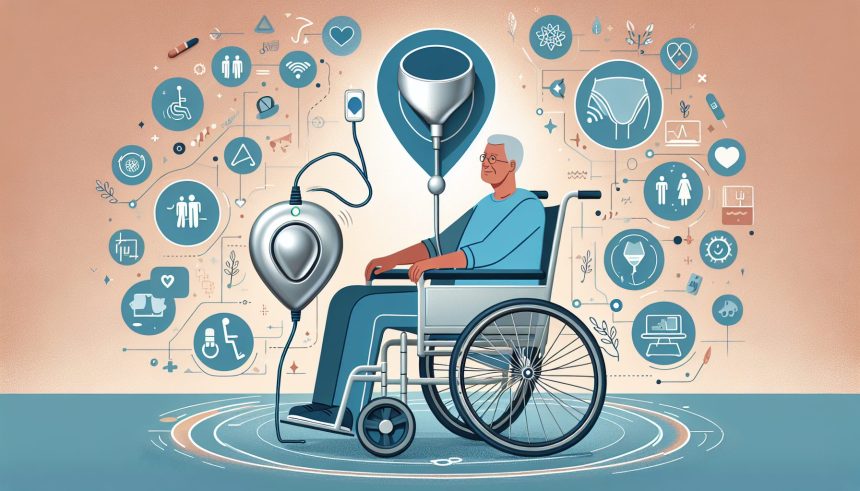Scientists have developed an innovative bladder gadget that tracks bladder fullness and relays the data to a smartphone, providing a significant technological leap forward for individuals with bladder control impairments. This fusion of technology and medical aid offers potential benefits to those with paralysis, disabilities, bladder cancer, and spina bifida, by tracking bladder fullness in real time and signalling the user for action when needed.
The implantable gadget is the first long-lasting sensor designed for tracking bladder fullness, providing relief to individuals struggling with related disorders. The device addresses a fundamental healthcare challenge through biomedical engineering and cutting-edge technology, potentially enhancing the quality of life for hundreds of thousands of individuals globally.
The sensor brings newfound autonomy to patients, negating the need for them to constantly monitor their bodily functions. Additionally, the longevity of the device eliminates the need for frequent replacements or surgical interventions, potentially decreasing medical expenses and discomfort.
The device has considerable potential for improving the management and treatment of bladder-related health conditions. It could significantly uplift the daily lives of patients, as well as contribute to managing their long-term health outcomes.
Bladder sensor: a step forward for disabled
Furthermore, it could pave the way for medical professionals to monitor the health of the bladder more effectively, enabling earlier detection and intervention in case of issues.
Large demographics, particularly Americans with bladder dysfunctions caused by injuries or congenital defects, could stand to benefit from the advent of this technology. The ability to detect a full bladder early can prevent potential health issues such as kidney damage or infections, enhancing their sense of independence and self-confidence and revolutionizing the management of bladder diseases.
The device operates by using Bluetooth technology to relay essential data to a custom app on the user’s smartphone, providing a system for remote surveillance and potentially enabling early detection of health complications. It houses sensors designed to track the strain applied by the bladder wall, triggering an alert to the user when necessary.
Significantly, the device is user-friendly, even for those less tech-savvy, fostering the user’s quality of life and helping to ward off complications like urinary tract infections, kidney diseases, or bladder problems.
The gadget’s compatibility with human-sized applications has been affirmed, indicating potential for long-term usage or absorption post-rehabilitation, revolutionizing treatment methods in rehabilitation medicine. The minimally invasive nature and the gadget’s easy removal post-treatment design add to its value.
Looking ahead, the researchers envisage a future where people could induce urination via their smartphones as the next phase of the project. The device has the potential to not only alert patients when they need to urinate but perhaps even direct them to the nearest toilets.






